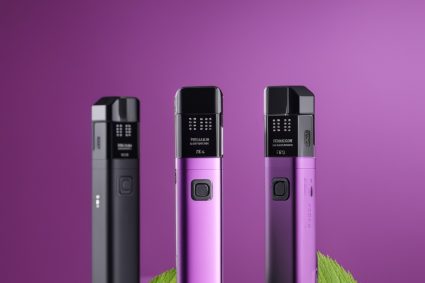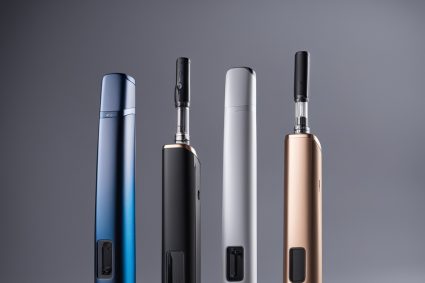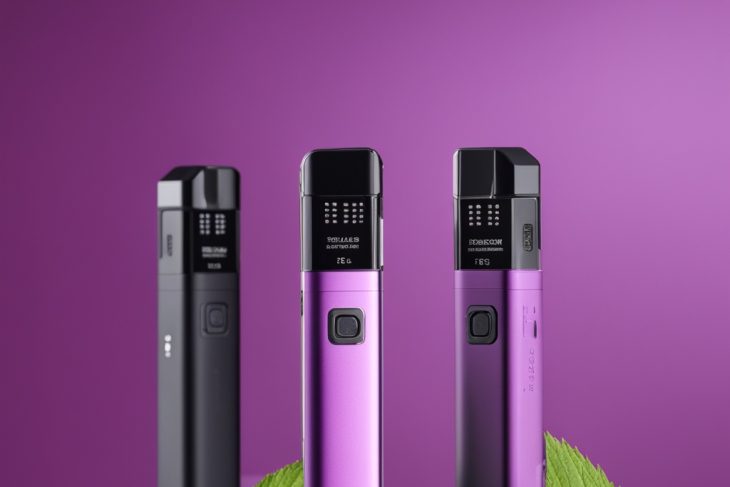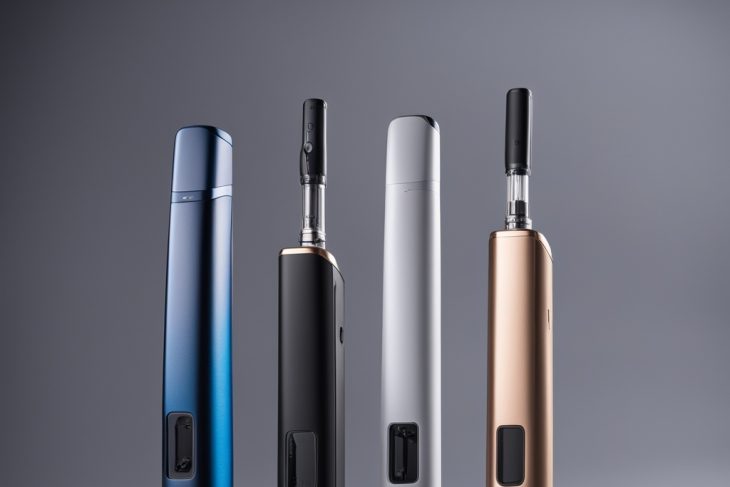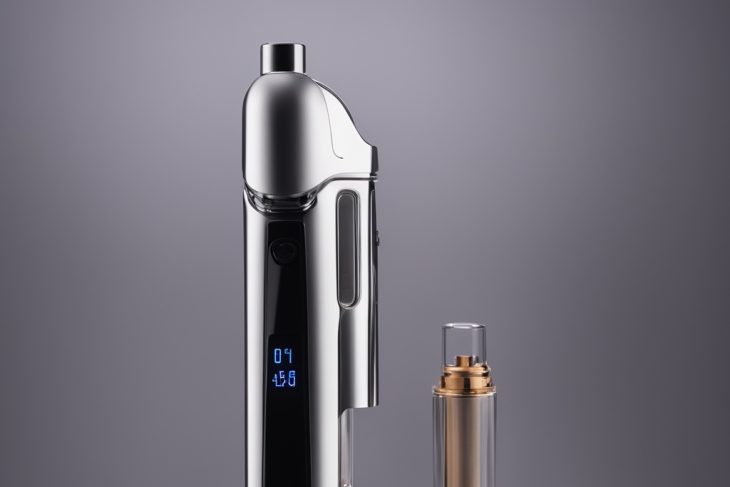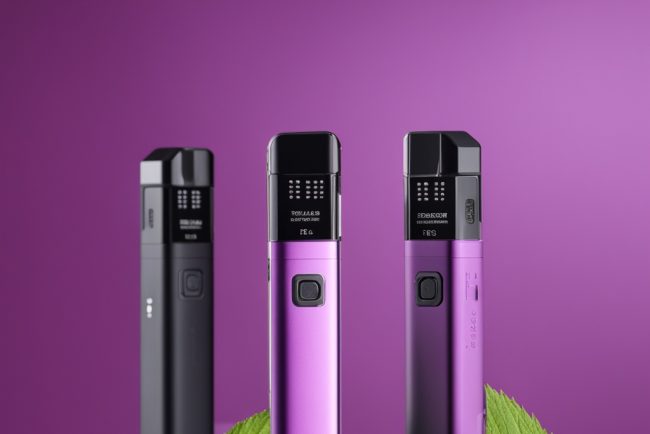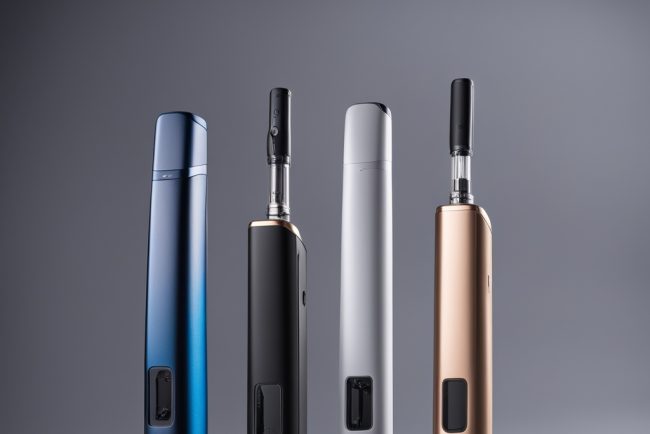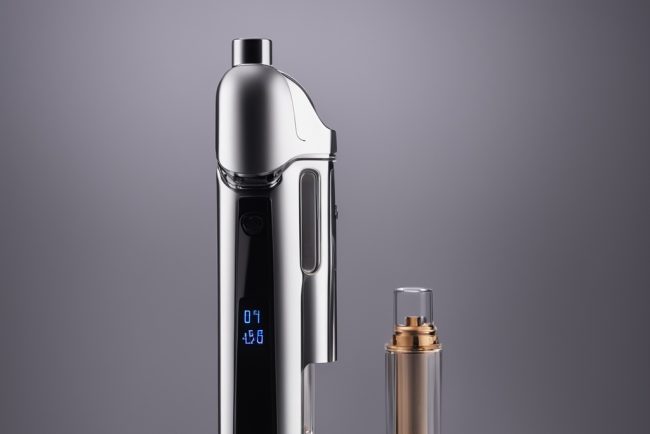
Understanding Nicotine Vape: The Modern Alternative to Traditional Smoking?
In recent years, the rise of nicotine vape devices has revolutionized the way people approach smoking cessation and tobacco consumption. These devices, often referred to as e-cigarettes, have become increasingly popular due to their perceived benefits over traditional cigarettes. But what exactly are nicotine vape products, and how do they work? This article delves into the details, exploring their functionality, health implications, and the role they play in modern society.
What Is a Nicotine Vape?
A nicotine vape device is an electronic gadget designed to deliver nicotine without burning tobacco. Unlike traditional cigarettes, which produce smoke by combustion, e-cigarettes use a heating element to vaporize a liquid solution—commonly referred to as e-liquid or juice. This process creates an aerosol that users inhale, mimicking the experience of smoking without the harmful byproducts of combustion.
The primary components of a nicotine vape device include:
- A battery-powered unit
- An atomizer or heating element
- A cartridge or tank containing e-liquid
E-liquids typically contain nicotine, flavorings, and a base of either propylene glycol (PG) or vegetable glycerin (VG). The choice of base can affect the vapor production and throat hit, catering to different user preferences.
How Does Nicotine Vape Work?
The functioning of a nicotine vape device is relatively straightforward. When a user activates the device—usually by taking a puff—the battery powers the heating element. This heat then vaporizes the e-liquid in the cartridge or tank, producing an aerosol that the user inhales. The process is often referred to as “vaping” and is designed to simulate the act of smoking.
One key advantage of vaping over traditional smoking is the absence of combustion. By eliminating the need for fire, nicotine vape devices reduce exposure to many harmful substances found in cigarette smoke, such as tar and carbon monoxide. However, this does not mean that vaping is entirely risk-free, as there are still concerns about the long-term effects of inhaling vaporized chemicals.
Health Implications of Nicotine Vape
The health implications of nicotine vape use have been a topic of extensive debate. Proponents argue that vaping is a safer alternative to smoking, as it eliminates many of the toxins produced by combustion. For instance, a study published in Nicotine & Tobacco Research found that switching from cigarettes to e-cigarettes significantly reduced exposure to harmful chemicals.
However, critics caution that more research is needed to fully understand the long-term effects of vaping. One concern is the potential for nicotine addiction, as e-liquids often contain varying levels of nicotine. While this can be beneficial for smokers trying to quit, it may also lead to dependence in non-smokers who start using nicotine vape devices.
Another point of contention is the impact of vaping on lung health. Although vaping does not produce smoke, the aerosol generated by e-cigarettes can still contain harmful substances, such as formaldehyde and acrolein. These chemicals are known to cause inflammation and oxidative stress in the lungs, potentially leading to chronic respiratory conditions over time.
So, what is the verdict on the health risks of nicotine vape? While it appears to be less harmful than traditional smoking, vaping is not entirely risk-free. Users should weigh the potential benefits against the unknown long-term consequences and consult healthcare professionals for personalized advice.
Choosing the Right Nicotine Vape Device
With a wide variety of nicotine vape devices available on the market, selecting the right one can be overwhelming for newcomers. Factors to consider include battery life, vapor production, ease of use, and flavor options. For example:
- Pod-based systems: These are ideal for beginners due to their simplicity and portability.
- Sub-ohm devices: Designed for advanced users who desire thick clouds of vapor.
- Modular vaping kits: Offer customizable settings, appealing to those who enjoy experimenting with different nicotine levels and flavors.
When choosing an e-cigarette, it’s also important to consider the quality of the e-liquid. Reputable brands often use pharmaceutical-grade nicotine and food-safe flavorings, ensuring a safer vaping experience. Always look for products that are free from harmful additives and comply with regulatory standards.
Staying Informed About Nicotine Vape
As the popularity of nicotine vape devices continues to grow, so does the need for accurate information. Users should stay informed about the latest research, regulations, and safety guidelines surrounding vaping. For instance:
- Regulatory updates: Governments worldwide are implementing stricter rules on e-cigarette production and distribution.
- Scientific studies: Ongoing research is shedding light on the short- and long-term effects of vaping, helping users make informed decisions.
- Educational resources: Reliable sources provide guidance on safe vaping practices and cessation strategies.
By staying informed, users can navigate the evolving landscape of nicotine vape devices with confidence and responsibility. It’s also essential to be vigilant about misinformation circulating online, as not all claims about vaping are backed by scientific evidence.
The Future of Nicotine Vape
Looking ahead, the future of nicotine vape is likely to involve advancements in technology and increased regulatory scrutiny. Innovations such as temperature control systems and refillable cartridges aim to enhance user safety and satisfaction. At the same time, governments are expected to tighten regulations to prevent underage access and ensure product quality.
Another promising development is the rise of nicotine-reduction products. These devices gradually lower the nicotine content in e-liquids, helping smokers wean themselves off the substance altogether. As more people turn to vaping as a cessation tool, such innovations could play a crucial role in reducing tobacco-related harm on a global scale.
However, challenges remain. The industry must address concerns about secondhand vapor exposure and dispose of waste responsibly. By prioritizing public health and environmental sustainability, the nicotine vape sector can continue to evolve as a responsible alternative to traditional smoking.
Frequently Asked Questions
1. Is vaping safer than smoking?
Yes, vaping is generally considered less harmful than smoking because it eliminates combustion-related toxins. However, it’s not entirely risk-free and should be approached with caution.
2. Can vaping help me quit smoking?
Many smokers have successfully used vaping as a tool to quit tobacco. E-cigarettes can provide nicotine without the harmful byproducts of cigarettes, making them a popular option for cessation.
3. Are all e-liquids safe?
The safety of e-liquids depends on their ingredients and manufacturing standards. High-quality products from reputable brands are less likely to contain harmful additives.
4. Can I vape around others safely?
While secondhand vapor is believed to be less hazardous than cigarette smoke, it’s still advisable to vaping in well-ventilated areas to minimize exposure for non-users.
5.
How do I choose the right e-cigarette?
Consider factors such as your experience level, desired nicotine strength, and preferred vapor production when selecting an e-cigarette. Pod-based systems are a good starting point for beginners.
Conclusion
Nicotine vape devices have revolutionized the way people consume nicotine, offering a potentially safer alternative to traditional smoking. While they come with their own set of risks and uncertainties, vaping has undeniably contributed to reducing tobacco-related harm on a global scale. As the industry continues to evolve, it’s crucial for users to stay informed, make responsible choices, and prioritize their health and safety.
Whether you’re a seasoned vaper or just exploring this space, understanding the ins and outs of nicotine vape can help you navigate its complexities with confidence. By doing so, you can enjoy the benefits of vaping while minimizing potential risks and contributing to a healthier future for yourself and others.
Understanding Nicotine Vape: Risks, Benefits, and Everything in Between
In recent years, nicotine vape devices have emerged as a popular alternative to traditional smoking. This article explores the complexities surrounding vaping, addressing its health implications, technological advancements, and regulatory landscape.
How Nicotine Vape Works
Nicotine vape devices operate by heating e-liquid to produce an aerosol that users inhale. The components typically include a battery, atomizer, and cartridge containing nicotine, flavorings, and a base of PG or VG. This method avoids combustion, reducing exposure to harmful toxins like tar and carbon monoxide.
Health Implications
While vaping is considered less harmful than smoking, its long-term effects remain uncertain. Concerns include nicotine addiction and lung health risks from chemicals like formaldehyde. Studies suggest reduced toxin exposure compared to cigarettes, but more research is needed for a definitive conclusion.
Choosing the Right Device
Selecting a nicotine vape device involves considering factors like battery life, vapor production, and ease of use. Pod-based systems are ideal for beginners, while sub-ohm devices cater to those seeking thick clouds. Ensuring e-liquids are high quality and free from harmful additives is crucial.
Staying Informed
Users should stay updated on regulatory changes, scientific studies, and educational resources. Being vigilant against misinformation helps in making informed decisions about vaping practices.
The Future of Nicotine Vape
Innovations like temperature control systems and nicotine-reduction products are advancing the industry. However, challenges remain, including secondhand vapor exposure and waste management. Prioritizing public health and sustainability will be key to responsible growth.
Frequently Asked Questions (FAQs)
1. Is vaping safer than smoking? Yes, but not entirely risk-free.
2. Can vaping help quit smoking? Many have successfully used it as a cessation tool.
3. Are all e-liquids safe? Quality and manufacturing standards vary; choose reputable brands.
4. Can I vape around others safely? Minimize exposure in well-ventilated areas.
5.
How do I choose the right e-cigarette?
Consider experience level, nicotine strength, and vapor preference.
Conclusion
Nicotine vape offers a potentially safer alternative to smoking but comes with risks that require responsible use. By staying informed and making cautious choices, users can navigate this evolving landscape for a healthier future.

